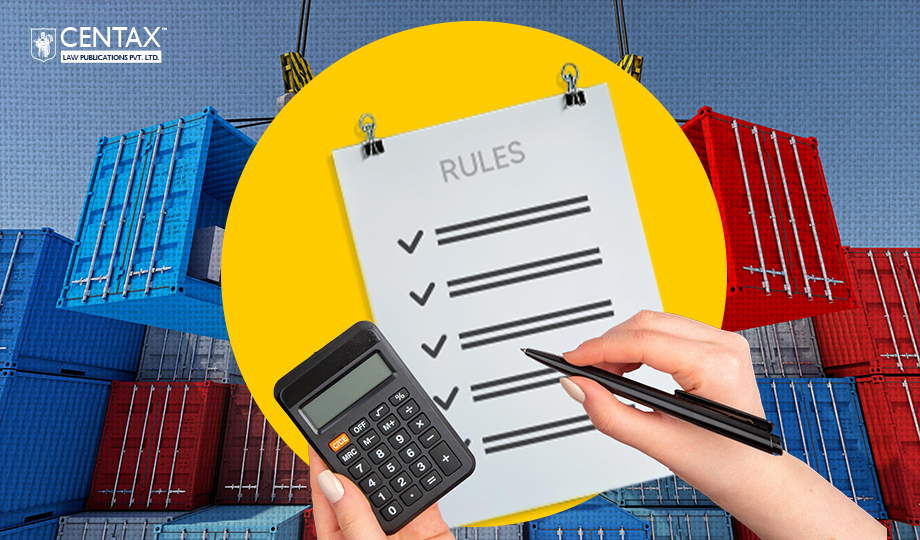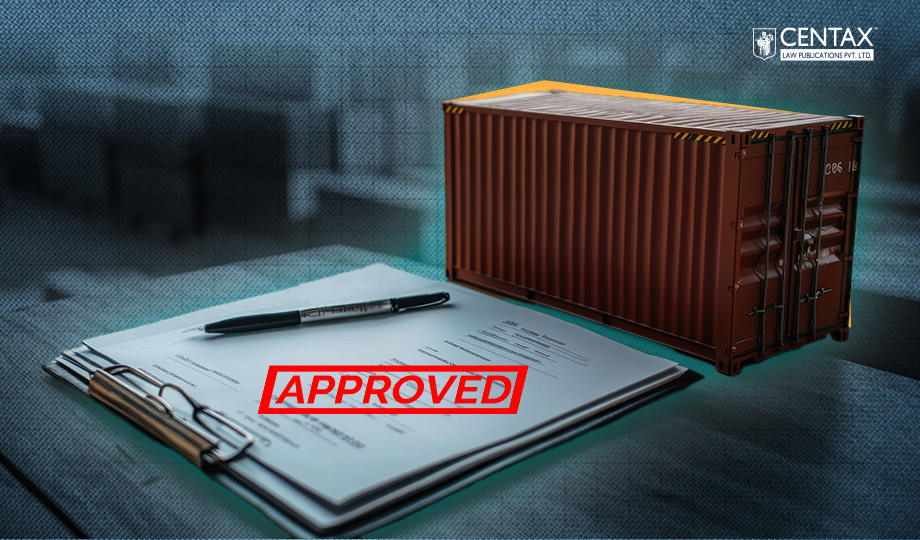
The Exchange Rate for Customs Valuation refers to the conversion rate used by customs authorities to determine the assessable value of imported or exported goods when transactions are conducted in foreign currencies. It ensures uniformity and accuracy in the calculation of customs duties, IGST, and other levies on cross-border trade.
Table of Contents
1. Introduction
The determination of the rate of exchange is a critical aspect of customs valuation, as it directly impacts the calculation of import/export duties and overall transaction costs in international trade.
Section 14 of the Customs Act, 1962, governs the valuation of goods for customs purposes and provides a framework for determining the applicable exchange rate to ensure uniformity and compliance. The rate of exchange is fixed by the Central Board of Indirect Taxes & Customs (CBIC) and plays a crucial role in determining the assessable value of imported goods.
2. Exchange Rate Determination
2.1 Third Proviso to Section 14(1) of the Customs Act
The price of imported goods shall be calculated with reference to the exchange rate applicable on the ‘date of presentation of the Bill of Entry’ under Section 46, or in the case of exports, the date of presentation of the shipping bill or bill of export under Section 50. The rate prescribed by the Central Board of Indirect Taxes & Customs (CBIC), must be considered. According to Explanation (a) to Section 14(2) of the Customs Act, the rate of exchange is determined by CBIC or ascertained in a manner directed by CBIC.
2.2 Distinction from Other Exchange Rates
The prescribed customs exchange rate differs from the:
- ‘Interbank Closing Rates’ set by the ‘Foreign Exchange Dealers Association’; and
- Foreign exchange rates published by the ‘Reserve Bank of India (RBI)’
However, this rate cannot significantly deviate from the exchange rate determined by RBI for foreign exchange transactions. If a substantial difference exists, the CBIC (previously the Central Government) must justify the deviation; otherwise, such a rate would be deemed arbitrary, as established in Indian Acrylics v. Union of India 1999 (113) ELT 373 (SC – 3member Bench).
In this case, the RBI exchange rate was Rs. 25.95, while the customs notification rate was Rs. 31.44, and the government failed to provide an explanation for the disparity.
2.3 Date of Presentation of Bill of Entry as Relevant Factor
The condition of ‘grant of entry inwards’ is not a prerequisite for determining the applicable exchange rate. A Bill of Entry can be filed up to 30 days before the expected arrival date of the vessel. If the Bill of Entry is presented within this period, the exchange rate prevailing on the date of presentation will be considered, even if ‘Entry Inward’ is granted subsequently.
Furthermore, the date of first submission of the Bill of Entry remains the determining factor for the applicable exchange rate. If the Bill of Entry is returned for corrections and subsequently refiled, the date of re-presentation cannot be considered for exchange rate purposes, as held in Samar Timber Corporation v. ACC (1995) 79 ELT 549 (Bom HC DB).
2.4 Inclusion of Commission Payable to Indian Agent
Customs duty is also chargeable on the commission payable to an Indian agent, which is typically paid in Indian Rupees. This commission must be computed based on the exchange rate prevailing at the time of the presentation of the Bill of Entry, as per Section 14. The rationale behind this principle is that such commission forms an integral part of the total price of imported goods, as confirmed in Commissioner of Customs v. District Controller of Stores 2005 (186) ELT 448 (CESTAT).
2.5 Exchange Rate for Warehoused Goods
For goods stored in a customs warehouse, the relevant exchange rate for valuation is the one applicable on the date of presentation of the Bill of Entry under Section 46 of the Customs Act. A Bill of Entry is filed under Section 46 either for home consumption or for warehousing. Therefore, in the case of warehoused goods, the exchange rate applicable on the date of presentation of the Bill of Entry under Section 46 must be considered, rather than the rate applicable at the time of clearance under Section 68. This position was upheld in Sri Maharaja Industries v. Commissioner of Customs (2007) 207 ELT 270 (CESTAT).























